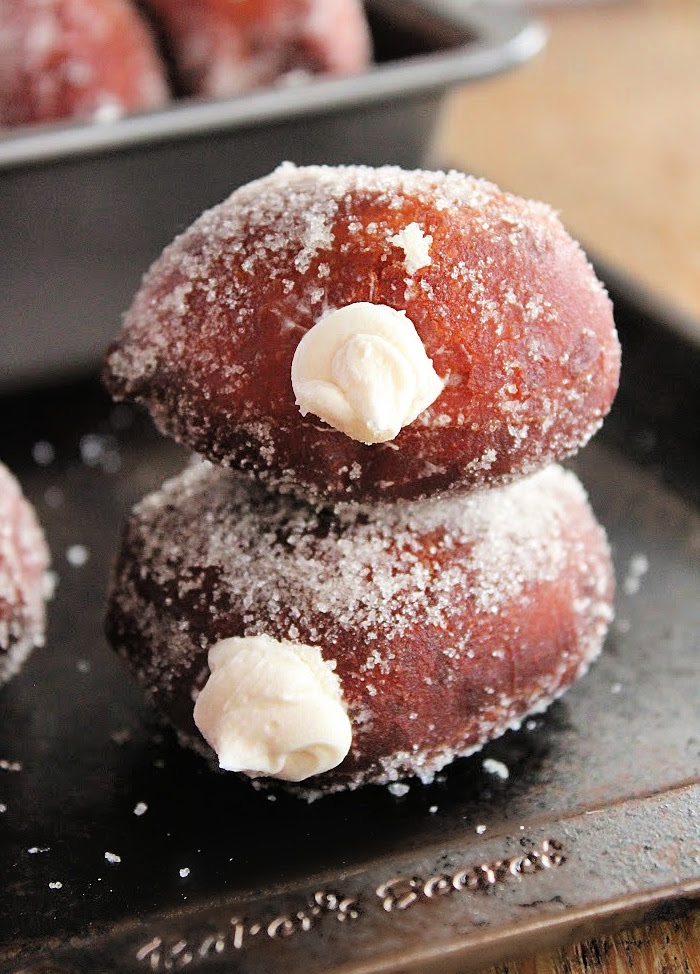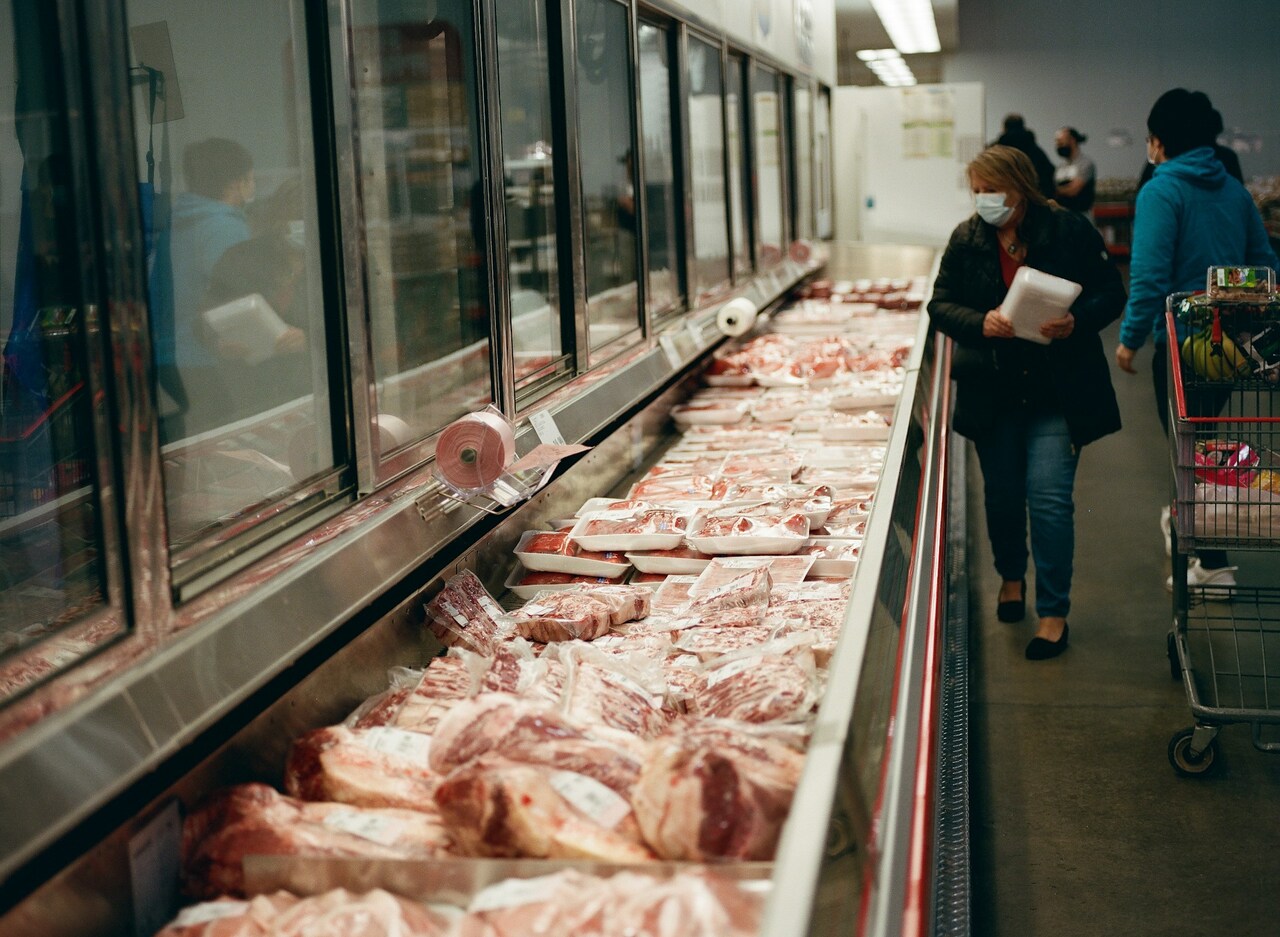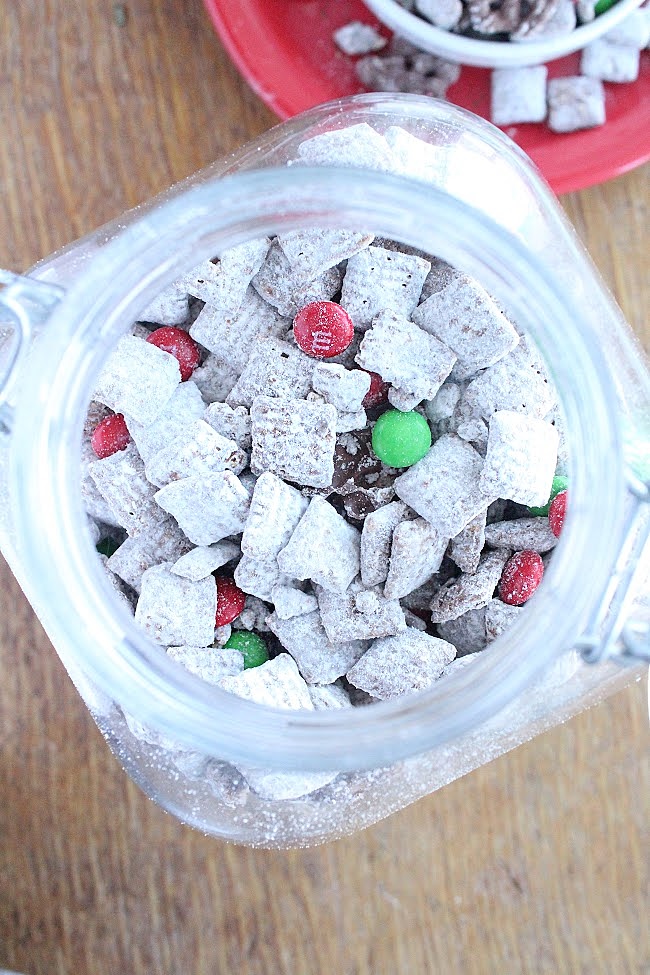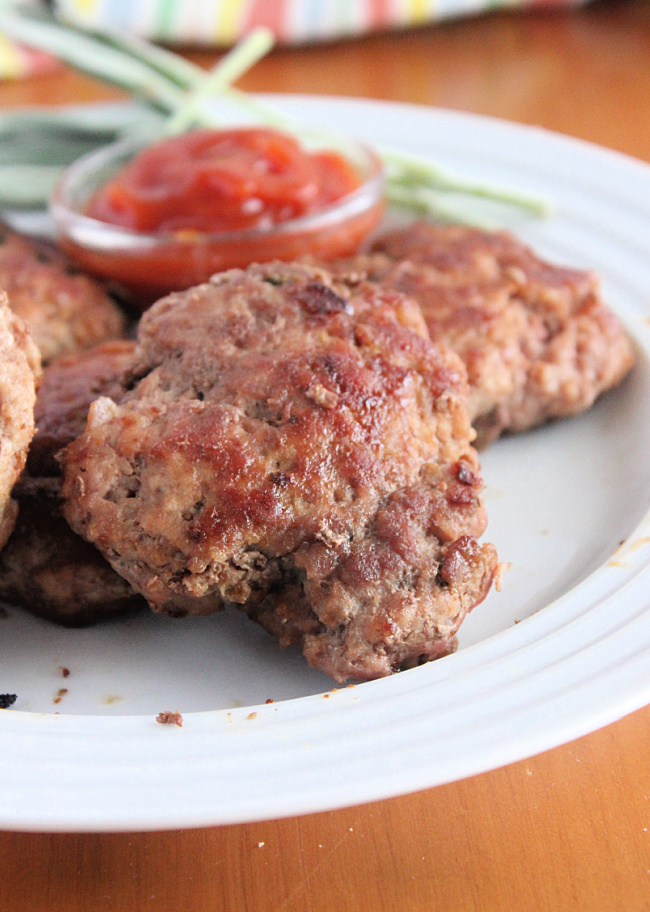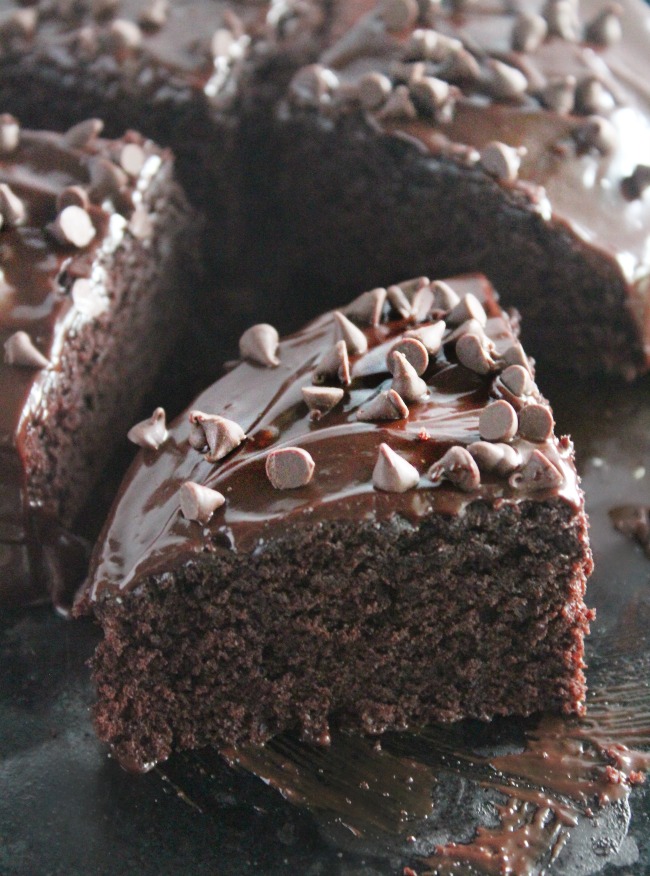Why Egg Yolks Look Different Across the U.S. (And What It Means)

Eggs might look simple on the outside, but peek inside and you’ll notice a surprising variety of yolk colors across the U.S. From pale yellow to deep orange, these differences aren’t just about aesthetics; they reveal the hen’s diet, breed, and even regional farming practices. Understanding what makes yolks look and taste different can transform how you shop, cook, and appreciate eggs, turning an everyday breakfast staple into a small but fascinating culinary adventure.
1. Hen’s Diet Shapes Yolk Color
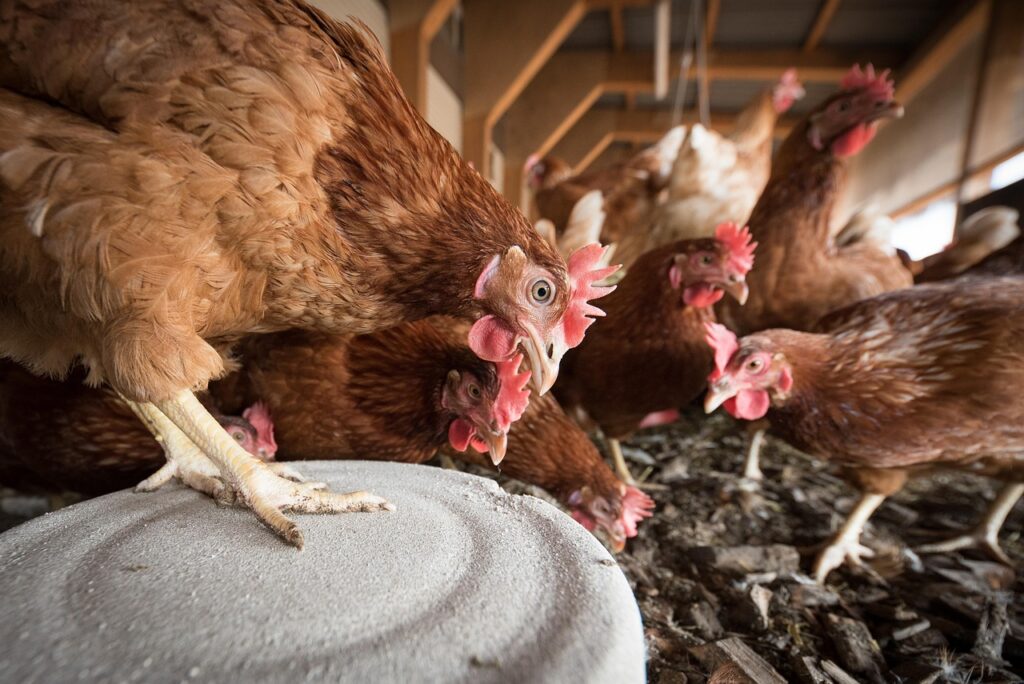
What a hen eats directly affects yolk color. Carotenoid‑rich feeds such as marigold, alfalfa, corn, and leafy greens deepen orange tones, while low‑pigment rations yield paler yolks. Color intensity itself does not guarantee higher nutrition or freshness, though specific diets, including omega‑3‑enriched feed or pasture access, can alter fatty acid profiles. Across regions, yolk differences largely reflect feed choices and brand targets.
2. Seasonal Variations Influence Hue
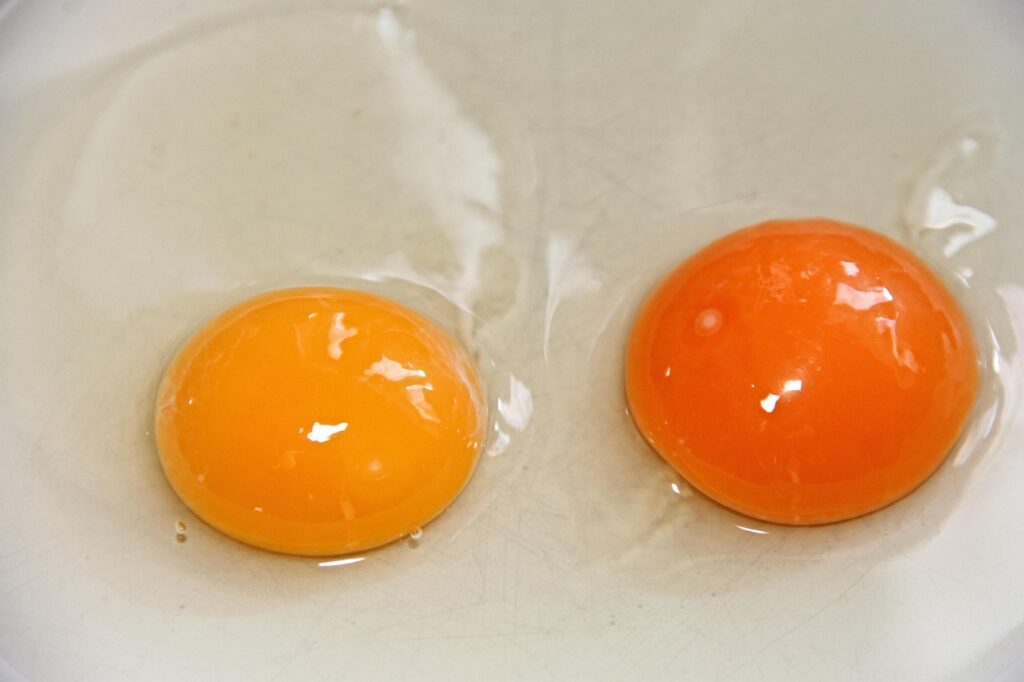
Yolks often deepen in spring and summer when hens forage fresh grasses, flowers, and insects, then lighten in winter with stored grains. This pattern reflects carotenoid intake rather than time since lay. Some cooks notice subtle flavor or richness shifts with pasture seasons, but results vary by flock and ration. Expect more variation from small or pasture‑based producers and steadier color from brands using consistent formulated feed year‑round.
3. Farming Practices Make a Difference
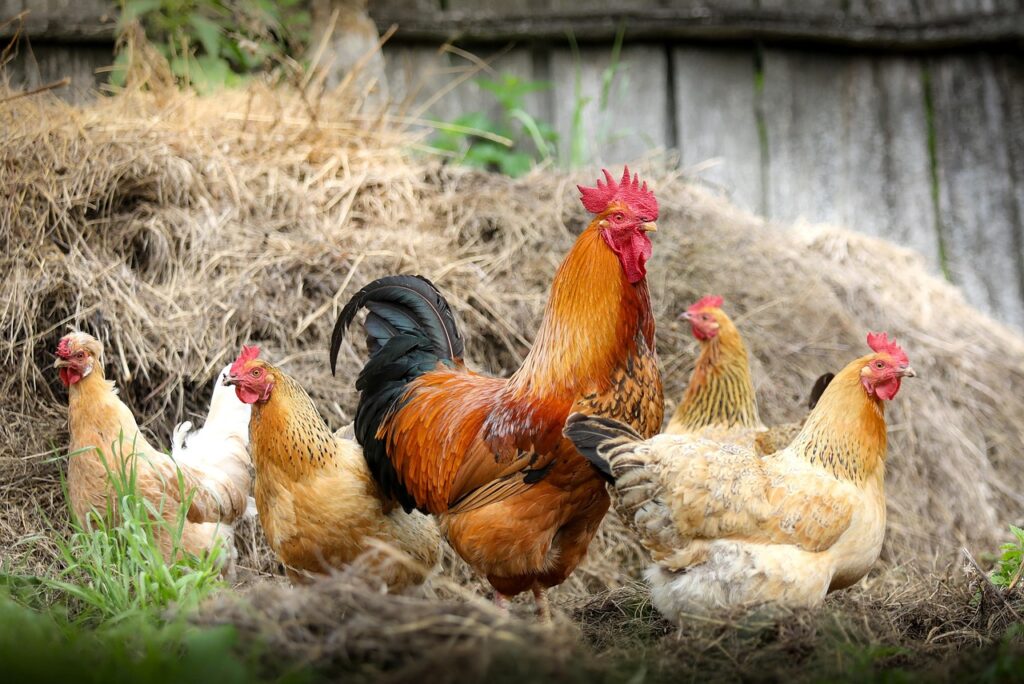
Pasture‑raised flocks with access to diverse plants and insects commonly lay eggs with richer orange yolks. In indoor systems, yolk color tracks formulated rations and may be standardized with approved natural pigments to match consumer expectations. Regional contrasts reflect management choices and market goals more than inherent quality. Vibrant color signals pigments in the diet, not necessarily superior nutrition or freshness.
4. Chicken Breed Affects Yolk Hue
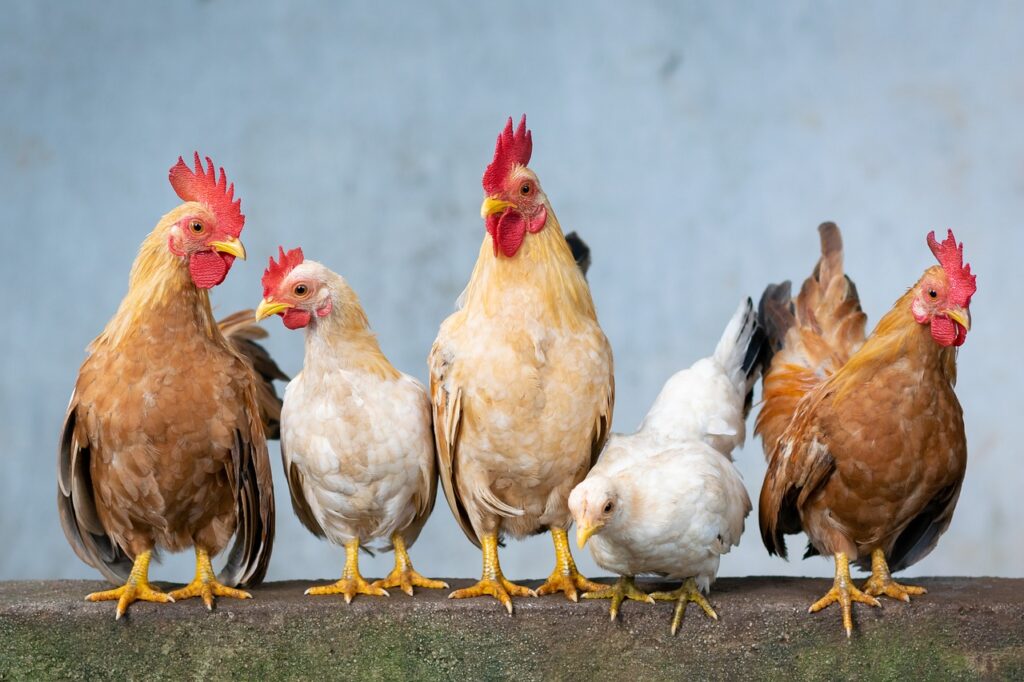
Diet, not breed, is the primary driver of yolk color. Breeds differ in shell color, egg size, and productivity, but yolk hue mainly follows carotenoid intake. Flocks dominated by certain breeds may show consistent yolk appearance because of shared management and feed, not direct genetics of yolk pigmentation. Nationwide, what hens eat matters far more than which breed they are.
5. Consumer Preferences Drive Color
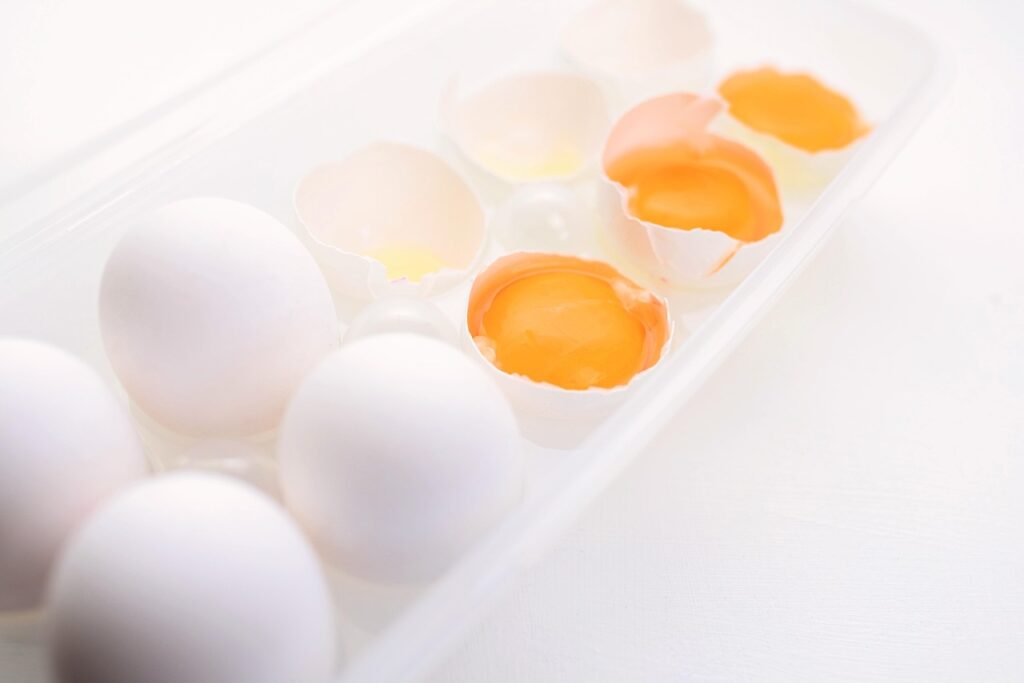
Market demand shapes yolk appearance. Where shoppers associate darker yolks with quality, producers often include natural pigments or carotenoid‑rich ingredients in feed to meet expectations. This aligns egg color with local tastes without implying a nutritional advantage. Grocery eggs in such areas tend to show consistently deeper hues compared with regions that prefer a lighter look.
6. Feed Additives Ensure Consistency
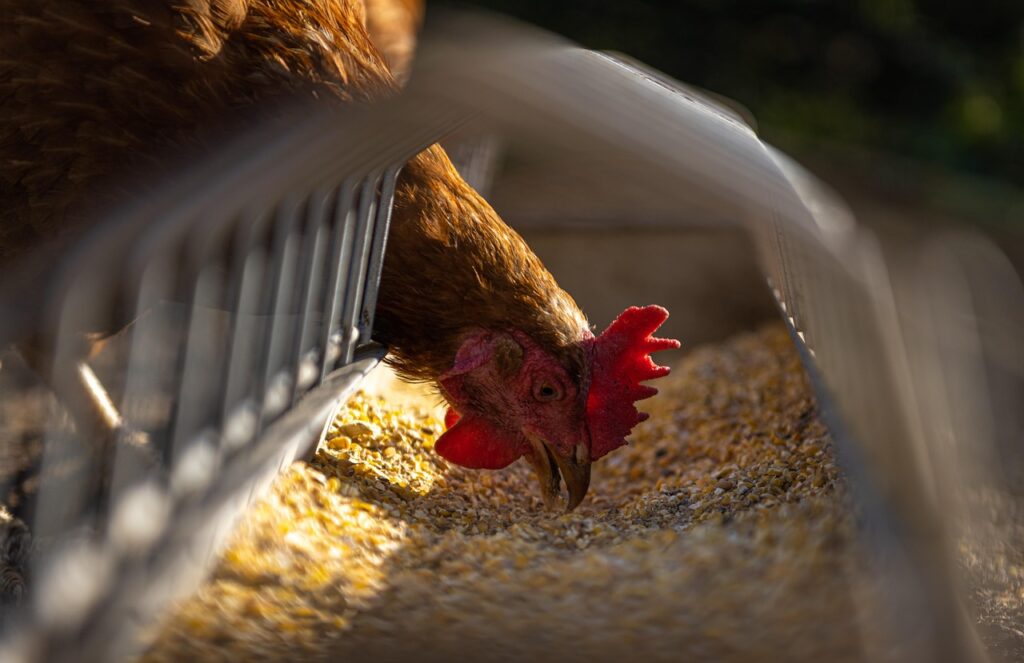
Some commercial producers add natural colorants such as marigold or paprika extracts to achieve uniform yolk color year‑round. This supports brand consistency even when hens are indoors or seasons change. These pigments influence appearance rather than core nutrition or safety and are used within labeling and certification rules. The result is the steady yolk shade often seen in store‑bought eggs.
7. Regional Regulations Influence Diet
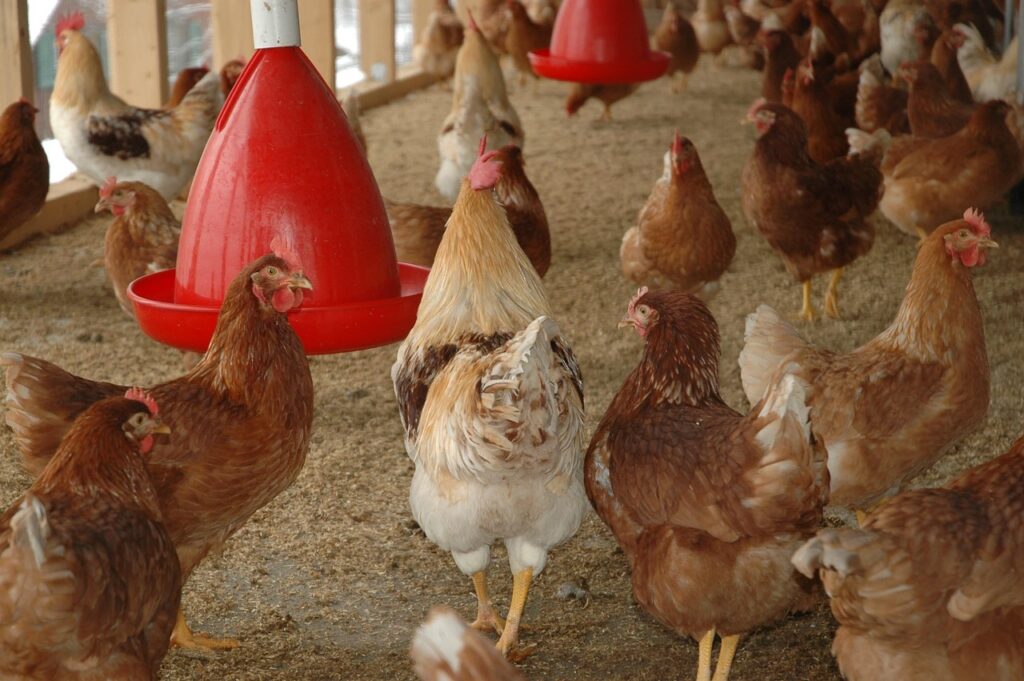
Color differences stem more from market preferences, certification standards, and producer choices than from state rules. Organic and pasture‑raised programs can encourage outdoor access or specific feed inputs that raise carotenoid intake and deepen yolks. Conventional producers may prioritize uniformity through formulated rations. Regional availability of these systems helps explain why yolks can look different across the U.S.
